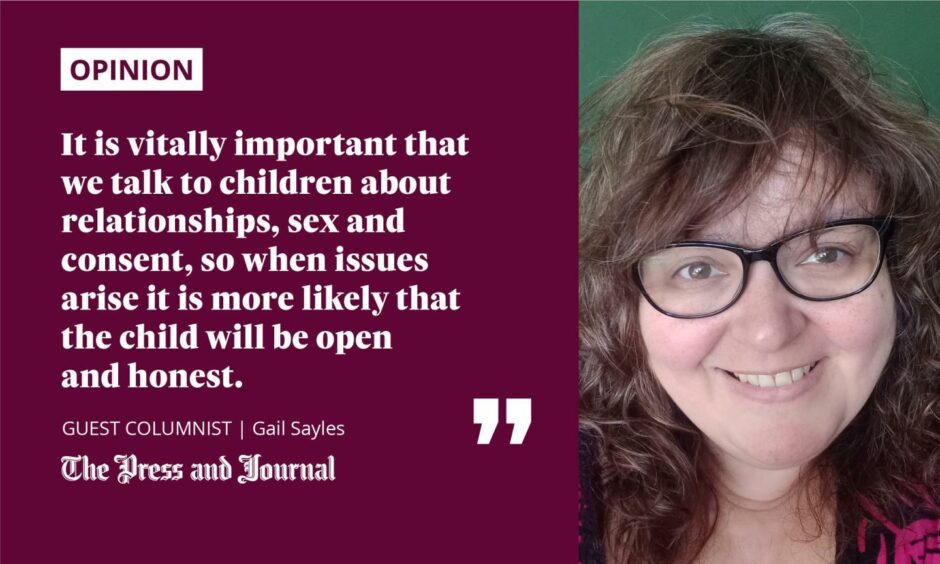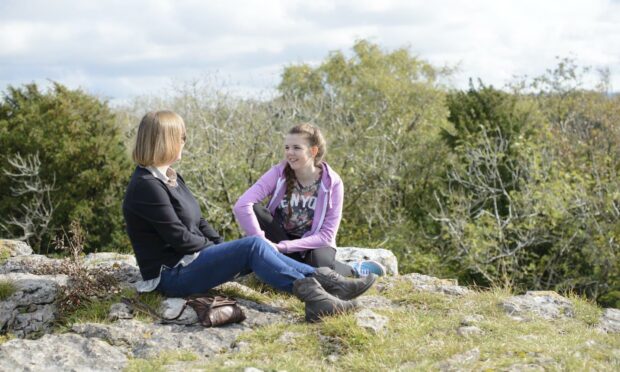It is understandable for some parents and carers to be worried about their children as they become teenagers and get into relationships.
Speaking to your child about relationships may feel awkward or uncomfortable, but it is an important topic to address and there are ways of making the conversation easier that put you both at ease.
Finding a good time to start the conversation is important, perhaps when your child is relaxed and there are unlikely to be any interruptions, such as on a walk or in the car, instead of in the home where other family members could walk in.

It could also be useful to relate the conversation to something that’s happened on a TV series that you’ve both watched. It’s best not to rush the conversation but to let your child talk to you in their own time.
It can help to have several short conversations rather than trying to cover everything at once. And, if your child feels uncomfortable, let them know you are there to talk whenever they want to.
You may realise that your child is involved in an unhealthy relationship, which of course can be upsetting and worrying. It can also be difficult to know how to help them.
Children have right to be treated with respect
And an unhealthy relationship can be difficult to define. But worried parents can look out for signs such as social withdrawal, changes in appearance, changes in appetite, or even marks and bruises.
It can be really hard to approach the subject with your child, and they may become defensive, so it’s important to try to avoid sounding critical of them or blaming them.
It’s important to let your child know that they have the right to be treated with respect.
By working together – with everyone in children’s lives to intervene earlier, we can create a social safety net that keeps children safe.
RT if you’re joining us to keep children safe. pic.twitter.com/A0cPBgu7O4
— NSPCC (@NSPCC) January 23, 2022
They should never feel pressured into doing anything they are not comfortable with, have to behave in a certain way or be made to feel they aren’t good enough in a relationship.
It is vitally important that we talk to children about relationships, sex and consent, so when issues arise it is more likely that the child will be open and honest.
For more advice on starting conversations about relationships, including sex and consent, with your child visit the NSPCC website. Parents and carers, as well as young people, can also access starter conversation toolkits created for our partnership campaign on healthy relationships called Oor Fierce Girls at www.ywcascotland.org/oor-fierce-girls/
Any adults with concerns about a child can contact the NSPCC Helpline at help@nspcc.org.uk or call on 0808 800 5000.
Gail Sayles is NSPCC Scotland local campaigns manager
